Back Cover
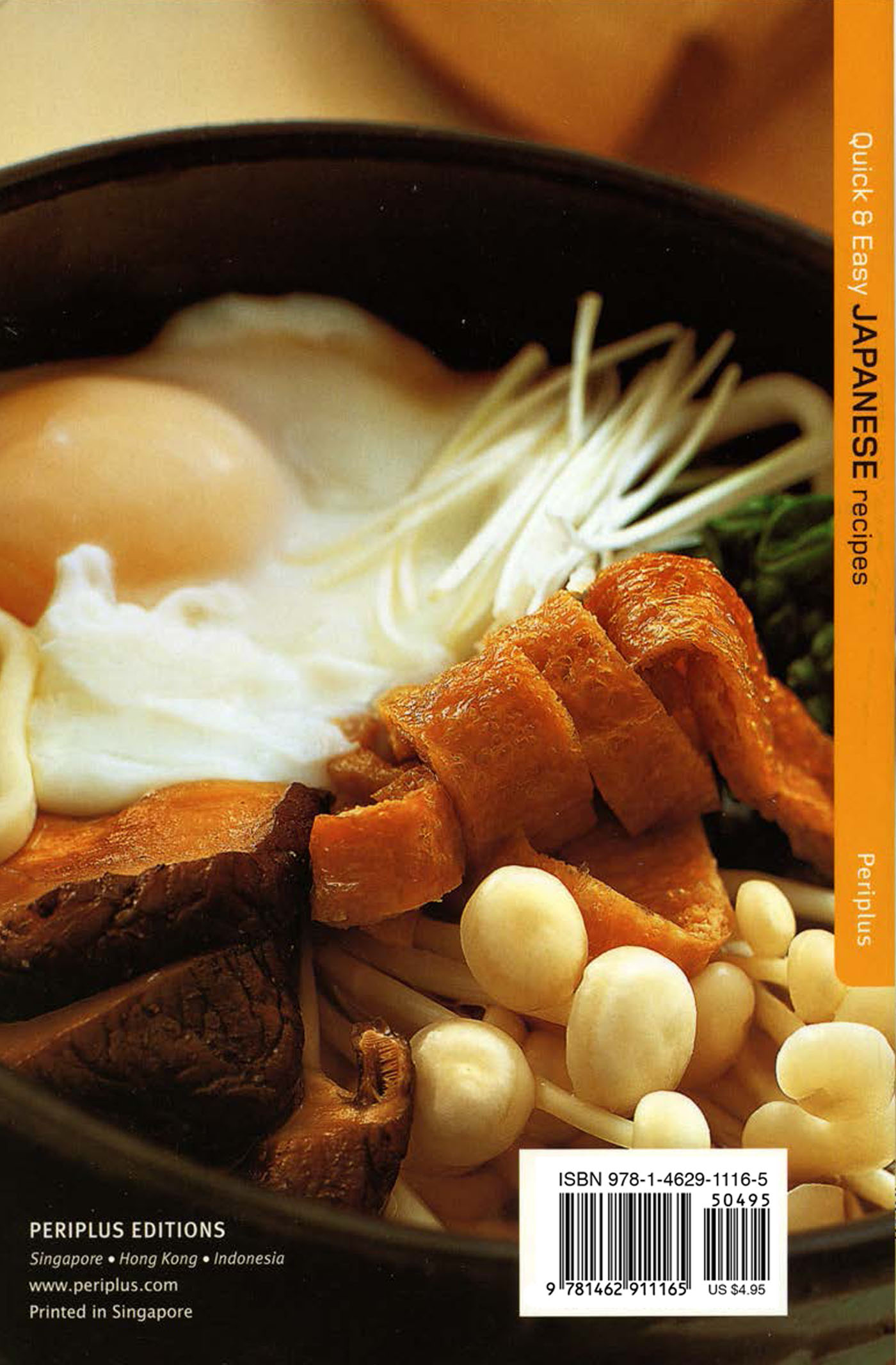
Cover

Copyright

Published by Periplus Editions (HK) Ltd. with editorial offices at 61 Tai Seng Avenue, #0212, Singapore 534167. Copyright 2003 Periplus Editions (HK) Ltd. All rights reserved. No part of this publication may be reproduced, stored in a retrieval system or transmitted in any form or by any means, electronic, mechanical, photocopying, or otherwise without the prior written permission of the publisher. ISBN: 9781462911165 (ebook) Printed in Singapore 12 11 10 6 5 4 3 2 1 Distributors
Asia Pacific: Berkeley Books Pte Ltd, 61 Tai Seng Avenue, #0212 Singapore 534167 Tel (65) 6280 1330 Fax (65) 6280 6290 www.periplus.com
Indonesia: PT Java Books Indonesia, Jl.
Rawa Gelam IV No. 9, Kawasan Industri Pulogadung, Jakarta 13930, Indonesia Tel: (62) 21 46821088 Fax: (62) 21 4610206 Photography: Minori Kawana Food Styling: Minori Kawana Design: Peri plus Design Team 
Basic Japanese Ingredients
Abura-age or deep-fried tofu pouches are found in the refrigerated or frozen sections of Asian supermarkets.They should be blanched for 30 seconds in a small amount of boiling water to soften and remove excess oil.
Bonito flakes are the shavings of dried, smoked and cured bonito fish, sold in fine or coarse flakes in small plastic packs. Fine flakes are used as a garnish while coarse flakes are used to make
dashi fish stock. Store unused portions in an airtight container or plastic bag.
Dashi powder is the equivalent of Western soup stock powder.
It is used to make dashi fish stock and as a basic seasoning in many Japanese recipes including soups and salad dressings. Garlic chives or Chinese chives have very long, thin and flat green leaves that form a very flat shoot at the bottom. They have a relatively short shelf life. Japanese cucumbers are smaller and thinner than normal cucumbers, similar to baby cucumbers or pickling gherkins, which are a good substitute. Japanese cucumbers taste sweeter and do not have the coarse seeds of larger cucumbers. Japanese rice is a short grain variety that is slightly more starchy than Thai or Chinese long grain rice.
Available from most supermarkets, it can be substituted with any short or medium grain rice. Japanese sesame oil is milder than Chinese sesame oil. If not available, you may substitute with Chinese sesame oil by diluting 1 part sesame oil with 1 part vegetable oil. Mirin is a sweet liquid made by mixing and fermenting steamed glutinous rice with shoju (a distilled spirit similar to vodka). It adds a lovely glaze to grilled foods and is used to flavor soup stocks, marinades and dressings. Red miso paste is red to brown in color, high in protein and tastes more salty than white miso paste, which is sweeter and milder than red miso. Red miso paste is red to brown in color, high in protein and tastes more salty than white miso paste, which is sweeter and milder than red miso.
Miso is used to enhance the flavor of soups, stocks and dressings, and as a grilling baste for meat and fish. Never allow miso paste to boil as it loses its flavor and digestive properties. Store in a refrigerator after opening. Mushrooms are a vital ingredient in Japanese cuisine. Shiitake mushrooms are large and meaty, and used in soups, stir-fries and side dishes, or as a meat substitute. Shimeji mushrooms are thin, light brown mushrooms that grow in a cluster.
The thick root section should be removed and the cluster broken apart before cooking. They can be substituted with shiitake or Chinese wood ear mushrooms. Enoki mushrooms are clusters of slender, creamcolored stalks with tiny caps, and are available fresh or in cans. The tough ends of the enoki mushroom should be discarded before use. Noodles come in many different sizes and shapes. Udon noodles are made from wheat, and are either flat or round but generally quite thick.
Packets of whitish-beige dried udon are available in Japanese stores. Potato starch noodles are about 20 cm (8 in) long, very brittle when dried and clear to opaque in color. Mungbean noodles or tang hoon are thin, transparent noodles that are often used in soups. Dried rice vermicelli or bee hoon should be soaked in hot water until they become soft, then blanched in boiling water for 13 minutes and rinsed. Nori is a type of seaweed pressed into very thin sheets and baked (yaki nori) or seasoned with sweetened soy sauce (ajitsuke nori). Yaki nori is used for making sushi rolls, while ajitsuke nori is served with rice or crisps as an appetizer. Yaki nori is used for making sushi rolls, while ajitsuke nori is served with rice or crisps as an appetizer.
Before use, hold a nori sheet over an open flame for a few seconds so that it becomes lightly toasted, or toast it in a toaster oven. Potato starch is similar to cornflour but is more readily dissolved in liquid without becoming lumpy. Cornflour is a good substitute. Red pickled ginger is made by pickling ginger slices first in salt, then in vinegar. This pickling process gives the ginger its distinctive color. Rice wine vinegar is slightly sweeter and milder than cider or wine vinegars. Rice wine vinegar is slightly sweeter and milder than cider or wine vinegars.
It is used in making sushi rice, in dressings and as a basic seasoning. Sake is a brewed alcoholic beverage also known as Japanese rice wine. Chinese rice wine or sherrry may be used as a substitute. Sansho pepper is a mildly hot and aromatic seed (also known as Japanese prickly ash). It is the main ingredient in Japanese seven-spice chili mix, and tastes similar to Chinese Sichuan pepper, which may be used as a substitute. Shiso leaves are large, flat green leaves that have a flavor similar to basil, mint and spearmint. Shiso leaves are large, flat green leaves that have a flavor similar to basil, mint and spearmint.
Fresh basil, or a mix of fresh basil and spearmint are the closest substitutes. Soy sauce is brewed from wheat, salt and soy beans. Dark soy sauce gives a slightly "smokey" flavor to a dish, while light soy sauce is thinner and saltier. If unavailable, use Chinese soy sauce. Wasabi is a pungent root similar in taste to ginger and hot mustard. It is sold fresh, as a prepared paste, or in dried powdered form.
Fresh wasabi root should be peeled and finely grated from the stem top down and should be used within 12 days of cutting as it loses its freshness and pungency very quickly. The powdered variety is cheaper, but it is actually powdered horseradish colored green with mustard added.




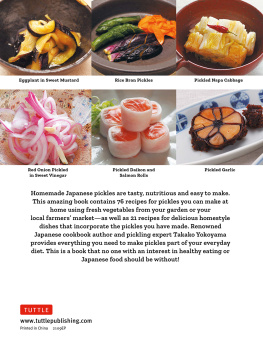


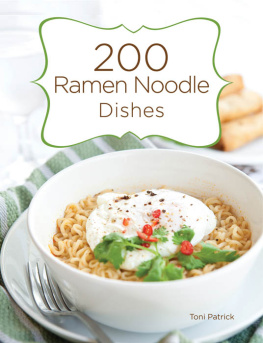
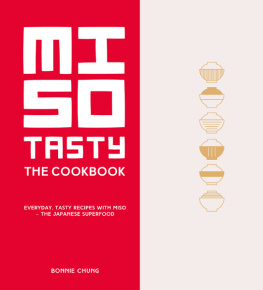
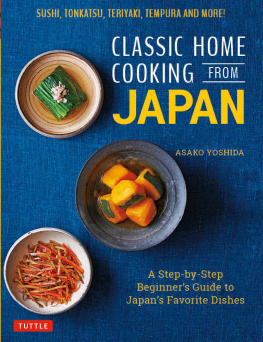
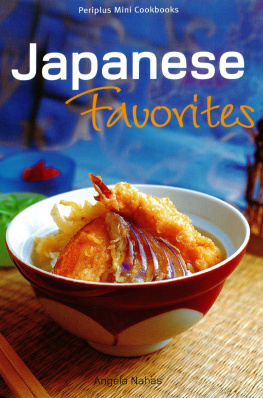





 Published by Periplus Editions (HK) Ltd. with editorial offices at 61 Tai Seng Avenue, #0212, Singapore 534167. Copyright 2003 Periplus Editions (HK) Ltd. All rights reserved. No part of this publication may be reproduced, stored in a retrieval system or transmitted in any form or by any means, electronic, mechanical, photocopying, or otherwise without the prior written permission of the publisher. ISBN: 9781462911165 (ebook) Printed in Singapore 12 11 10 6 5 4 3 2 1 Distributors Asia Pacific: Berkeley Books Pte Ltd, 61 Tai Seng Avenue, #0212 Singapore 534167 Tel (65) 6280 1330 Fax (65) 6280 6290 www.periplus.com Indonesia: PT Java Books Indonesia, Jl.
Published by Periplus Editions (HK) Ltd. with editorial offices at 61 Tai Seng Avenue, #0212, Singapore 534167. Copyright 2003 Periplus Editions (HK) Ltd. All rights reserved. No part of this publication may be reproduced, stored in a retrieval system or transmitted in any form or by any means, electronic, mechanical, photocopying, or otherwise without the prior written permission of the publisher. ISBN: 9781462911165 (ebook) Printed in Singapore 12 11 10 6 5 4 3 2 1 Distributors Asia Pacific: Berkeley Books Pte Ltd, 61 Tai Seng Avenue, #0212 Singapore 534167 Tel (65) 6280 1330 Fax (65) 6280 6290 www.periplus.com Indonesia: PT Java Books Indonesia, Jl. 